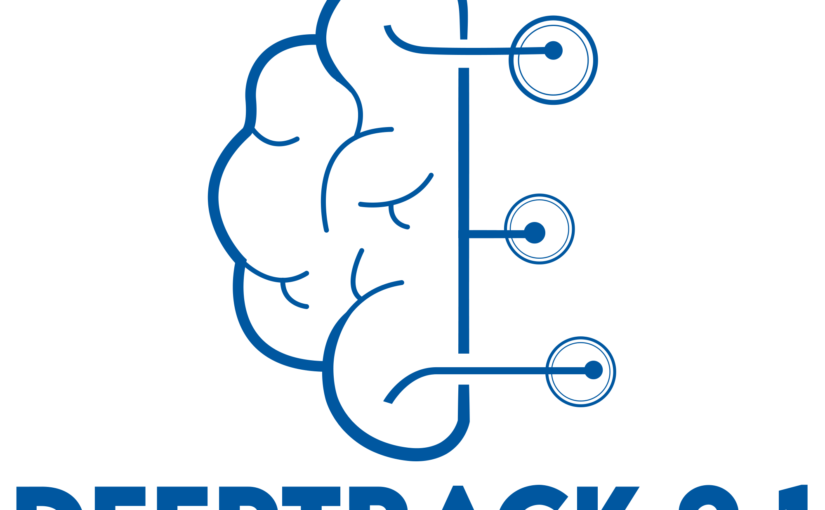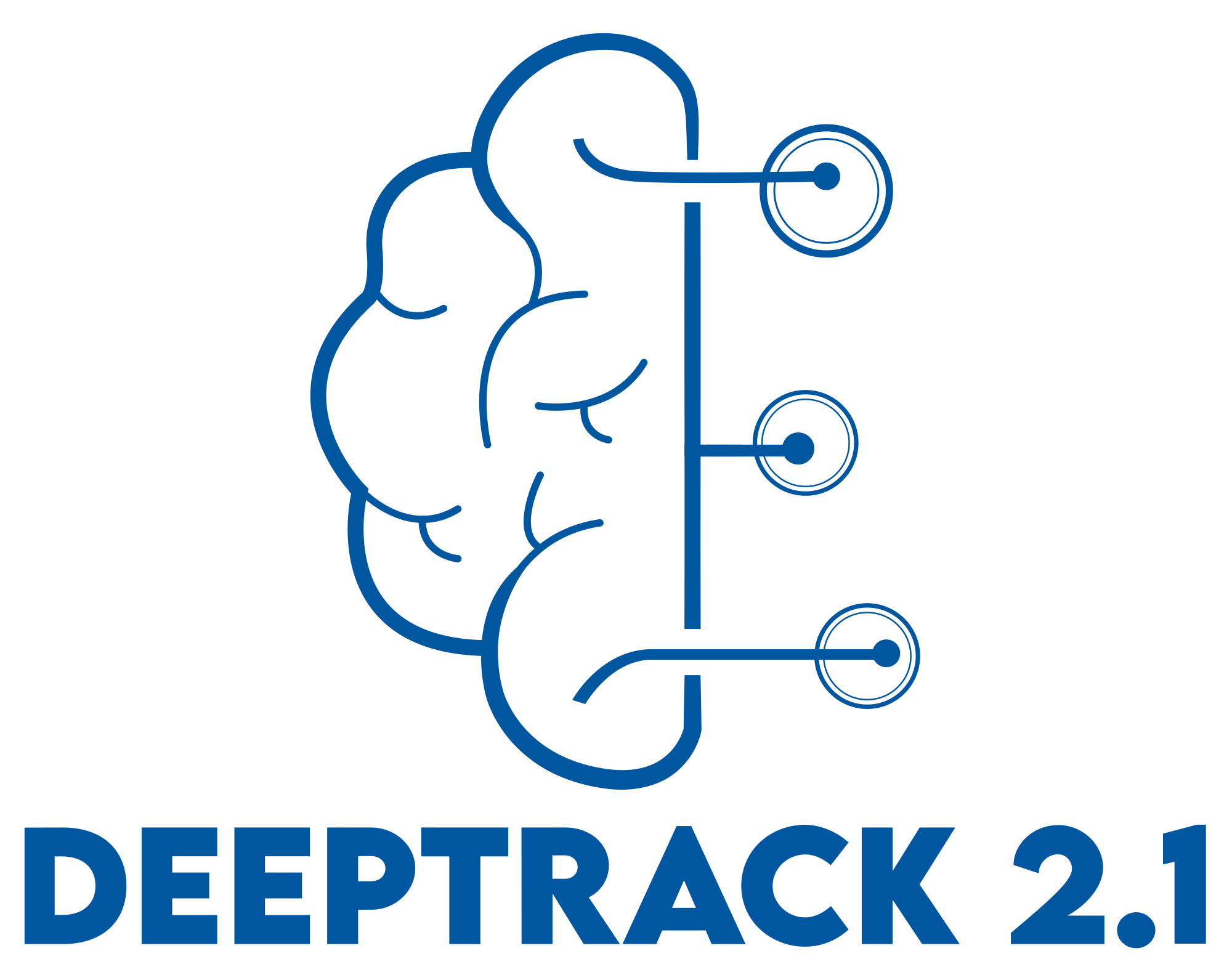
Dana Hassan, Jesús Domínguez, Benjamin Midtvedt, Henrik Klein Moberg, Jesús Pineda, Christoph Langhammer, Giovanni Volpe, Antoni Homs Corbera, Caroline B. Adiels
Advanced Photonics 6, 064001 (2024)
doi: 10.1117/1.AP.6.6.064001
Recent advancements in deep learning (DL) have propelled the virtual transformation of microscopy images across optical modalities, enabling unprecedented multimodal imaging analysis hitherto impossible. Despite these strides, the integration of such algorithms into scientists’ daily routines and clinical trials remains limited, largely due to a lack of recognition within their respective fields and the plethora of available transformation methods. To address this, we present a structured overview of cross-modality transformations, encompassing applications, data sets, and implementations, aimed at unifying this evolving field. Our review focuses on DL solutions for two key applications: contrast enhancement of targeted features within images and resolution enhancements. We recognize cross-modality transformations as a valuable resource for biologists seeking a deeper understanding of the field, as well as for technology developers aiming to better grasp sample limitations and potential applications. Notably, they enable high-contrast, high-specificity imaging akin to fluorescence microscopy without the need for laborious, costly, and disruptive physical-staining procedures. In addition, they facilitate the realization of imaging with properties that would typically require costly or complex physical modifications, such as achieving superresolution capabilities. By consolidating the current state of research in this review, we aim to catalyze further investigation and development, ultimately bringing the potential of cross-modality transformations into the hands of researchers and clinicians alike.












